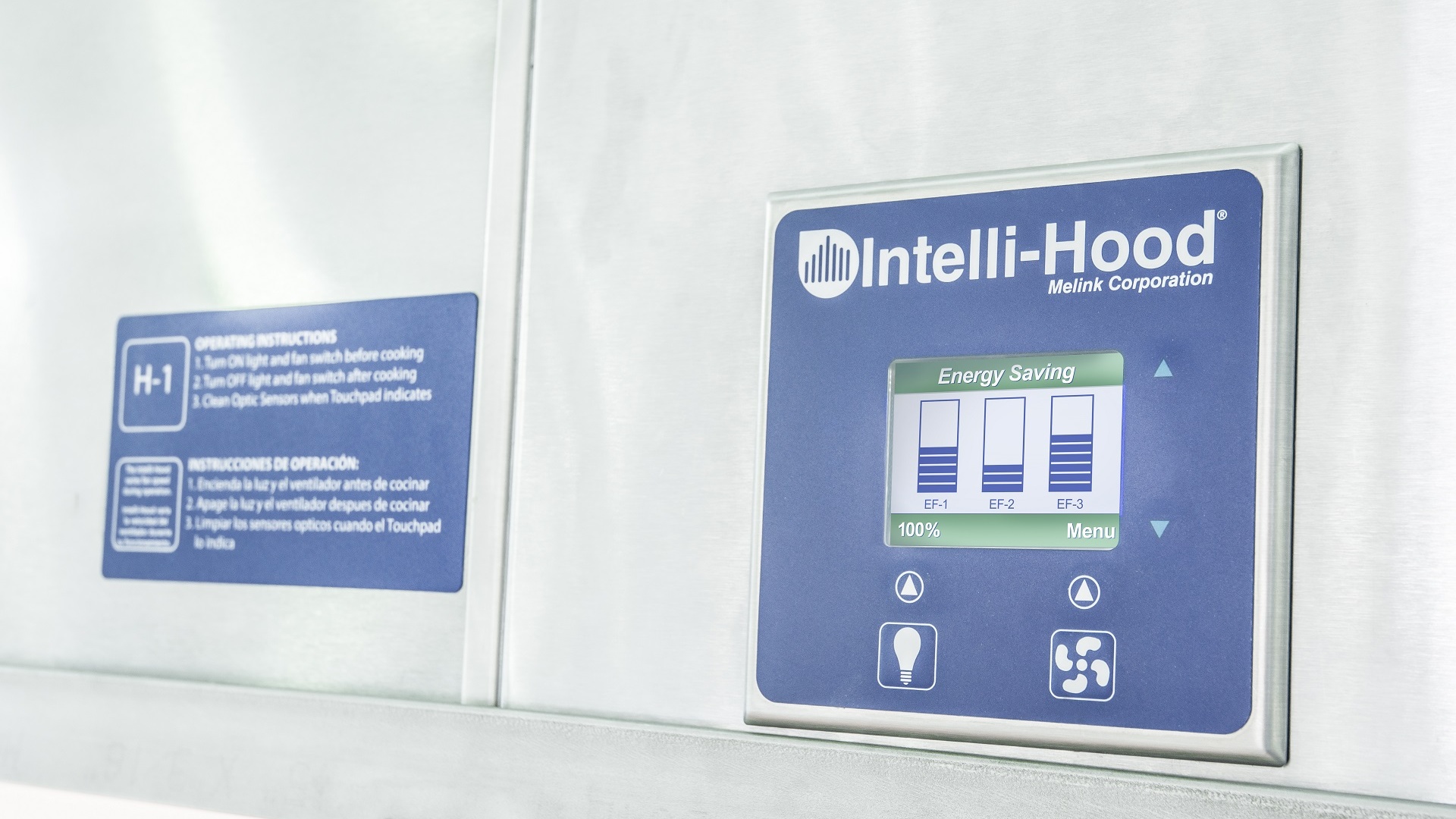The dining experience at Colleges and Universities across the country has changed drastically over the last decade. Although it has been about ten years since I left, it feels like just yesterday I was on campus at the University of Cincinnati and Northern Kentucky University. During my tenure, the options were limited; you might find a handful of cafeterias across campus and a few popular fast food places like Wendy’s, Subway and Pizza Hut at the student union. Visiting campus now I can’t believe the changes; there are hundreds of options. The student unions have started to look more and more like casino food courts that include local options and big names. Students are seriously taking food offerings into account when considering a school, especially if they’re going to live on campus. Colleges are majorly using it to their advantage to recruit students and provide a better campus life. In 2008, NKU even constructed a new Student Union Building to compete with other local area colleges.
Over the last 7 years or so, I’ve toured dozens of higher education kitchens and the cooking operations are huge. West Point, for example, serves around 5,000 meals in a very short amount of time on any given day. All the Big 10 schools have between 7 and 10 dining halls on campus that are running for 3+ meals a day and serving a variety of options from soups and chili to baby-back ribs. With the large operations come large costs! Not just in the obvious costs including wages, salaries, and benefits, but in big time energy usage. Running the exhaust fans and the corresponding MUA units 16+ hours per day is a ton of wasted electricity. Additionally, the number of commercial exhaust hoods required to prepare the diverse food preparation means there is a ton of exhausted air and reconditioning of air required.

As schools continue to compete for higher enrollment rates and evolve with demand, they have to respond to the increased energy usage and operating expenses to ensure they can remain competitive with pricing. Many colleges and universities have tight operating budgets for their facilities, so it’s especially important to find low or no-cost ways to reduce energy expenditures. To combat these new challenges, Campus Energy Managers have started considering Demand-Controlled Kitchen Ventilation (DCKV) systems to help save the electric energy being wasted on all the new fan motors and reconditioned air. These systems conserve energy, save money and make for a quieter and more comfortable cooking experience. Energy Managers have also started engaging students and faculty in energy conservation to save on campus energy bills. At many higher education institutions, students are the biggest advocates for energy efficiency and will respond enthusiastically to educational initiatives and conservation pledge campaigns.
Could Intelli-Hood be a fit for my project?
Is energy usage a pain point in your campus kitchen? Are you curious how much energy Intelli-Hood could save you? Submit an energy savings estimate request form at the bottom of our Intelli-Hood page to get started.
Email this case study or share it to your social media by clicking the icons below.

